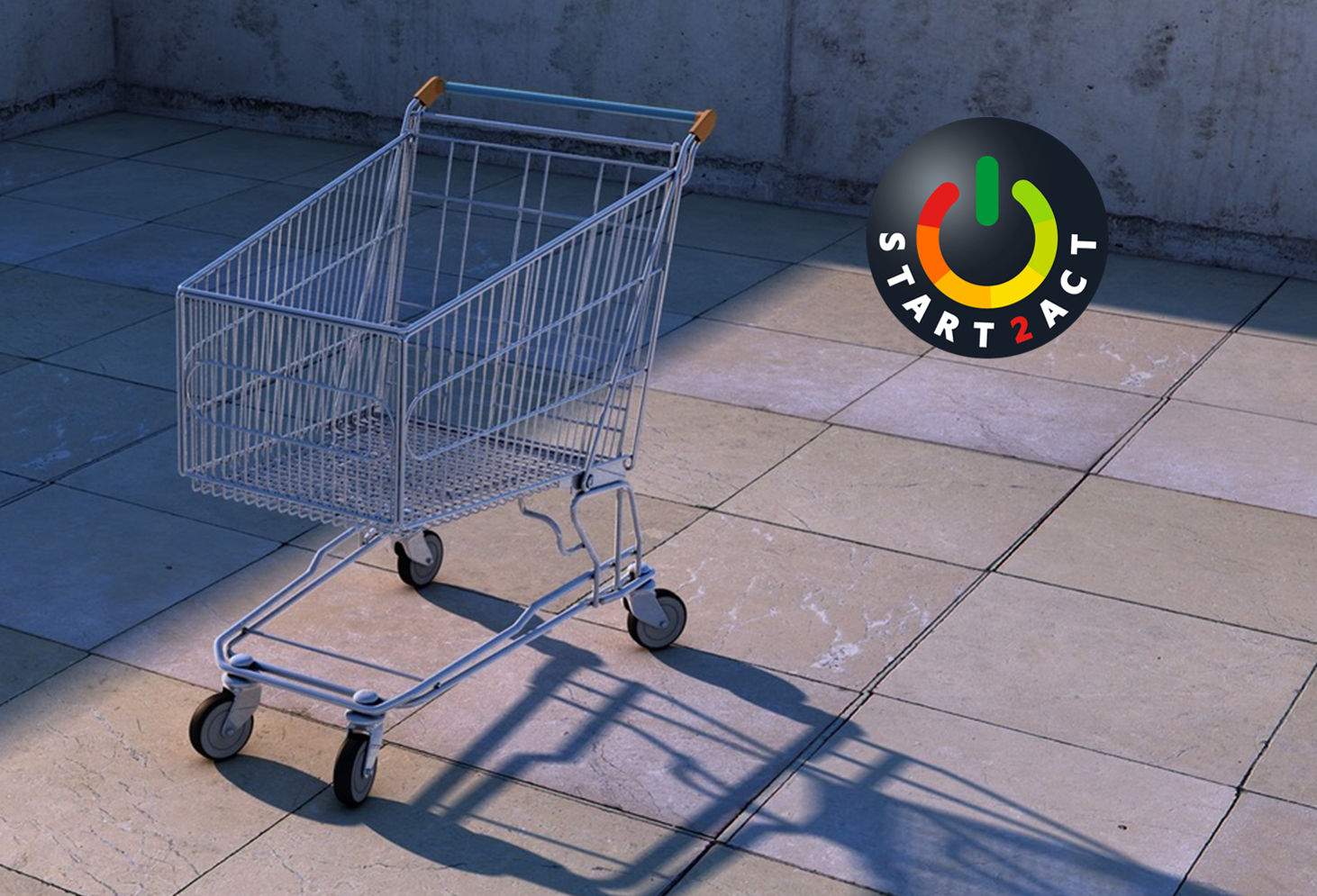Introduction

Engaging employees on energy use in your organisation can bring multiple benefits. It can contribute to creating a more profitable company, a happier workforce and a better brand. Employee engagement is the human side of energy management. It should also be complemented by technical energy management, such as upgrading building fabric and controls. Benefits include:
- Energy savings: A well-designed and implemented behaviour change programme can lead to energy savings of approximately 3-5%. Saving energy saves money and reduces an organisation’s carbon footprint.
- Employee satisfaction: Participation in employee engagement schemes can make employees feel valued. Knowing that their organisation cares about sustainability can improve employee satisfaction and employee retention.
- Reputation: Taking action on sustainability shows that an organisation cares about the environment. This can improve your brand and help attract potential employees.
Recommendations
There are 3 key stages to successful employee engagement. Each stage is explained in more detail in the next section.
- Research & Planning: It is essential to do your research and create a plan of action before launching your engagement activities. Every organisation is different, so you need to understand your company’s needs and abilities in order to engage your employees accordingly.
In practice: at this stage you will identify actions that you would like your employees to focus on, such as turning off lights when leaving meeting rooms.
- Delivery: This is the main stage where the engagement will take place. Throughout this stage you will need to refer back to your plan, but you can update this as you learn what works well and what doesn’t.
In practice: You will need to use the right communications channels and target your messages. For example to encourage employees to turn off meeting room lights, you should make them aware of this campaign action via email and in meetings, as well as using stickers and posters next to meeting rooms to remind them.
- Monitoring: Review awareness following any activity, and always allow room for feedback. Don’t forget to close the feedback loop for staff and let them know the impact of any changes they’ve made.
In practice: After the campaign period has passed, you should communicate the results to employees and request feedback. Using our example, it may be that meeting room lights are now switched off 90% of the time when not in use. Staff may have feedback about whether it was a positive or negative campaign, whether it can be applied to other areas and what can be done differently next time.
Additional Information
Research & Plan
 The more research you can do the more effective your awareness campaign will be. There are two elements to effective office sustainability research: quantitative and qualitative.
The more research you can do the more effective your awareness campaign will be. There are two elements to effective office sustainability research: quantitative and qualitative.
If you have access to quantitative data (ranging from energy bills to advanced energy metering and monitoring), you can use this to identify areas where energy is being wasted and to set a benchmark of energy use, against which you can measure your process during the monitoring stage.
Whether you have quantitative data available or not, any organisation can collect qualitative data. Walk around your office building to identify where energy is being wasted, or create a staff survey to get feedback from employees on where energy can be saved. Download the Walk-around checklist to help you with this.
Top tips for researching and planning:
Goal setting:
It is important to set achievable targets-you will need to create a positive feedback loop for staff so you may want to focus on small, achievable goals that you can use to generate a positive message about energy saving, and create further support for future activities.
Senior support:
This is particularly important in smaller organisations, where the individuals in charge can really set the tone, culture and influence individual working practices. Act as an example for others to follow.
Available resources:
Think carefully about how much time your engagement actions will take – if you’re going to ask for staff time then make sure that senior management approve and promote it. If the activity as simple as switching off a light when leaving a room, no extra time is needed. However if the engagement action focusses on encouraging the last person to leave the building to turn off all lights and electric appliances, then more attention will need to be paid to the time requirements involved.
Delivery
Now that you have identified a list of engagement actions from your quantitative and qualitative research (energy data, the walk-around checklist or staff surveys) and you have created a plan of how you will engage employees in these actions and over what period of time, you can implement your awareness campaign.
Top tips for delivery:
Timing:
Timing is critical – this includes time of year, time of day, and timing alongside other things going on in the business. If you’re running a PC switch-off campaign and sending emails to encourage people to shut down at the end of the day, don’t send the email in the morning! Or if you want to run a heating campaign asking people to wear more layers to reduce heating needs, you need to have your material ready to share as soon as the temperature drops.
Target audience:
Make sure that you are targeting the people whose behaviour you actually want to influence. Based on walk-arounds, surveys and observation you can identify which individuals or departments you really need to target. For example, there is no point telling employees to switch lights off when they leave the building, if the cleaners come in after everyone has left and leave them on again.
Messages:
Try to make your messages as closely aligned with existing corporate goals and staff motivations as possible. The most effective messaging is values-led – instilling brand new values in staff will be very challenging, so try to identify and build on existing motivations wherever possible. For example if staff already have high environmental values, you can use this in their messaging. If they are more driven by saving costs or increasing security, try to tailor your messages to their values – do not assume that everyone cares about the environment! Use your knowledge of individuals in the company, talk to staff, and use surveys to check you’ve correctly understood common motivators. Remember that many motivators are subconscious so be prepared to think creatively.
Monitoring
Regularly monitor your campaign to discover successes and failures, gather feedback and maintain momentum and interest. Use the learnings to refine your messages and improve future activities.
Evaluation:
Be rigorous about monitoring – do everything you did at the beginning (data analysis, walk-arounds) to check whether anything has changed as a result of the engagement campaign. Have you made a difference? If there has been no change then examine whether your approach could be altered, by asking staff for feedback. Use that understanding to refine future activities. Check for external factors such as weather or purchase of new equipment.
Feedback:
Be prepared for positive and negative feedback and try to take it all on board. Consider anonymous feedback if you think people might tell you what they think you want to hear. Planning how you will ask for feedback before you begin an intervention will make the feedback process easier.
Maintaining momentum:
Effective feedback is one of the most important factors in securing long-term commitment, from both staff and senior management. Make sure that staff and champions understand not just that the engagement and awareness campaign has happened, but what outcomes it has achieved. Look out for unintended positive outcomes or ‘co-benefits’ and try to link everything to core company objectives. Be open to new people getting involved – they can accelerate culture change within the company.
Additional Resource:
Walk-around checklist









